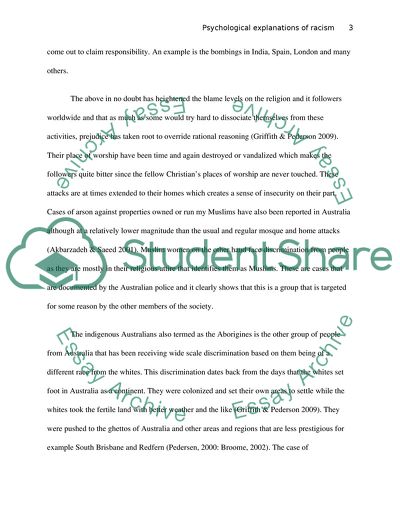Cite this document
(“Psychological Explanations of Racism Assignment”, n.d.)
Psychological Explanations of Racism Assignment. Retrieved from https://studentshare.org/psychology/1738869-psychology
Psychological Explanations of Racism Assignment. Retrieved from https://studentshare.org/psychology/1738869-psychology
(Psychological Explanations of Racism Assignment)
Psychological Explanations of Racism Assignment. https://studentshare.org/psychology/1738869-psychology.
Psychological Explanations of Racism Assignment. https://studentshare.org/psychology/1738869-psychology.
“Psychological Explanations of Racism Assignment”, n.d. https://studentshare.org/psychology/1738869-psychology.


